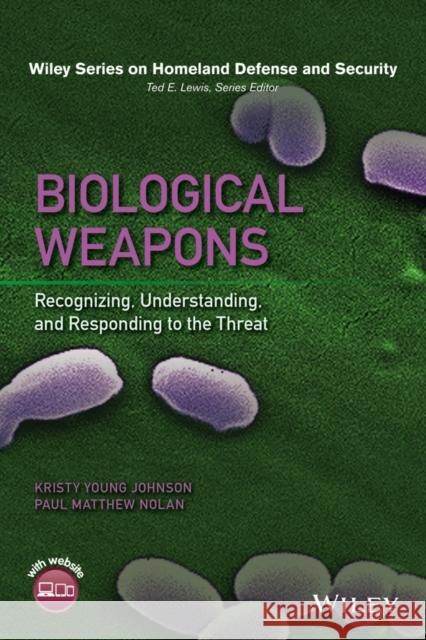Biological Weapons: Recognizing, Understanding, and Responding to the Threat » książka
topmenu
Biological Weapons: Recognizing, Understanding, and Responding to the Threat
ISBN-13: 9781118830598 / Angielski / Twarda / 2016 / 360 str.
Biological Weapons: Recognizing, Understanding, and Responding to the Threat
ISBN-13: 9781118830598 / Angielski / Twarda / 2016 / 360 str.
cena 487,53
(netto: 464,31 VAT: 5%)
Najniższa cena z 30 dni: 482,54
(netto: 464,31 VAT: 5%)
Najniższa cena z 30 dni: 482,54
Termin realizacji zamówienia:
ok. 30 dni roboczych
Bez gwarancji dostawy przed świętami
ok. 30 dni roboczych
Bez gwarancji dostawy przed świętami
Darmowa dostawa!
Gives readers a detailed understanding of how specific biological weapons work and how those affected by the weapons would be treated
- Teaches the reader to recognize the symptoms of each biological weapon and understand the threat these weapons pose
- Concentrates on the weapons considered the greatest threats by the CDC such as Anthrax, Botulism, Smallpox, Ricin toxin, Ebola, Plague, and Viral encephalitis
- Provides a detailed understanding of how specific biological weapons work and how to recognize the symptoms of those affected by the weapons as well as how they would be treated
- Includes case studies, chapter review questions, and the instructor's supplemental materials include PowerPoint presentations, a Test Bank, and suggestions for student projects
- Begins with a primer on microbiology, the human immune system's response to these biological agents, and the defense agencies involved with protecting the public against these agents











